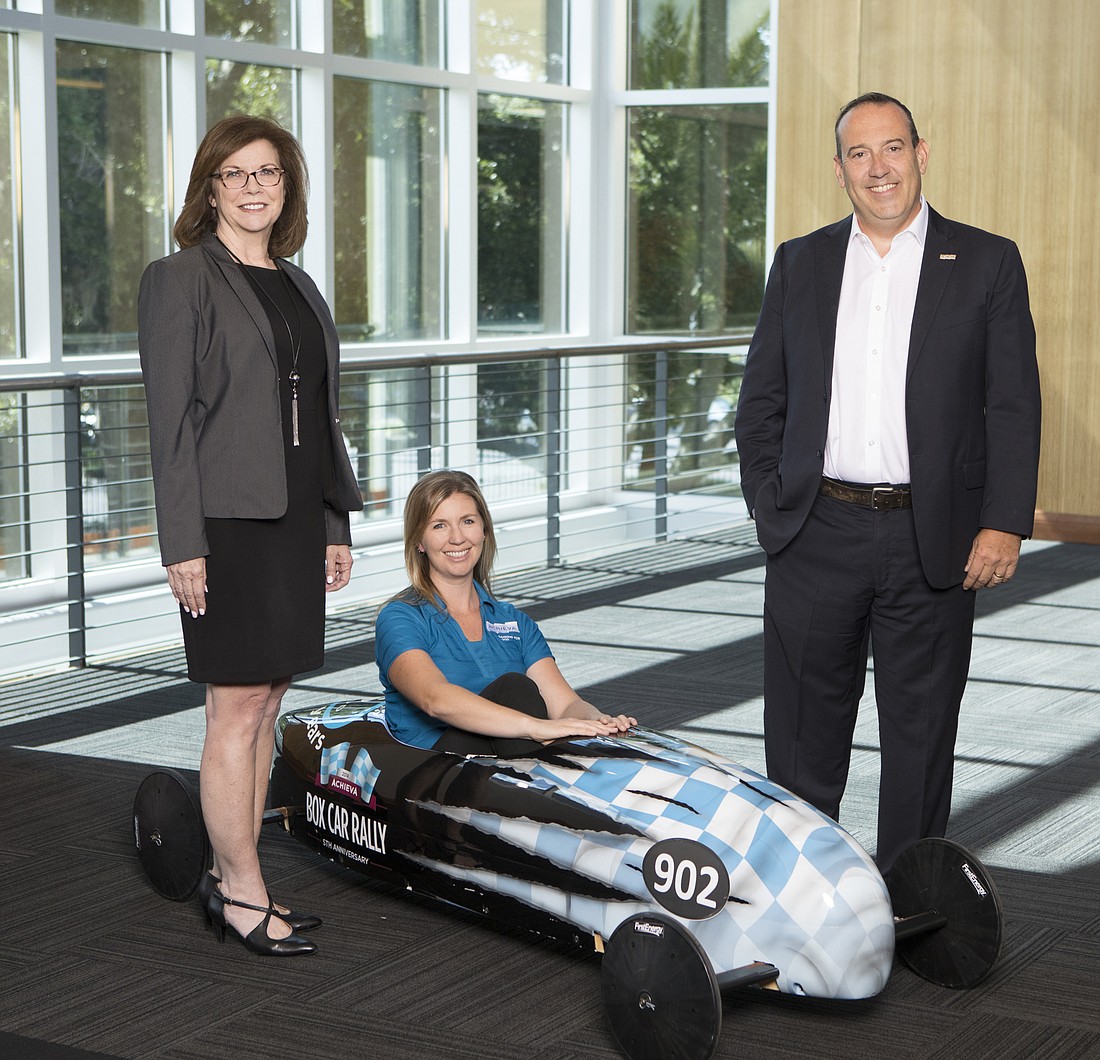- December 13, 2025
-
-
Loading

Loading

MidFlorida Credit Union, Lakeland
MidFlorida Credit Union CEO Kevin Jones is a popular executive — and not just for guiding the Lakeland-based institution to become the fourth biggest credit union by assets in Florida.